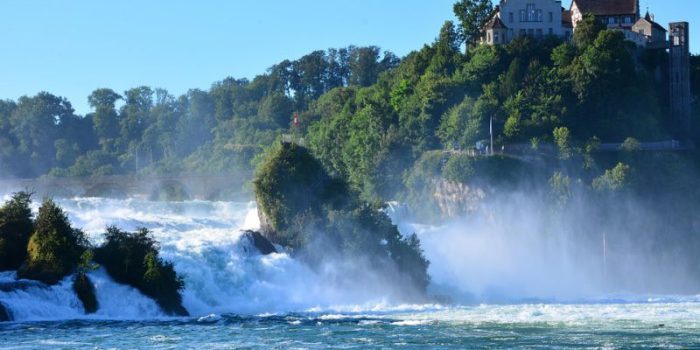The Largest Forests In The World play a critical role in supporting life on Earth. Forests, which are collections of trees, provide a variety of essential services to humans and animals alike, including food and shelter. Despite this, there are still 10 significant forests that remain intact. These forests are home to an array of wildlife and support the livelihoods of many communities that rely on their resources.
This makes them an essential component of our planet’s ecosystem, which must be protected and preserved. To better understand the importance of forests, it is helpful to examine the characteristics of the Largest Forests In The World.
These forests can range from tropical rainforests, where tall trees and high rainfall create a lush and diverse ecosystem, to temperate forests, which are dominated by deciduous trees and experience more pronounced seasonal changes. No matter their location, the Largest Forests In The World offer a wealth of benefits to both humans and the environment.
From providing essential resources like timber and medicinal plants to preserving biodiversity, forests are a critical component of our planet’s health and well-being. It is imperative that we take steps to protect these forests and ensure their survival for future generations.
1. The Amazon
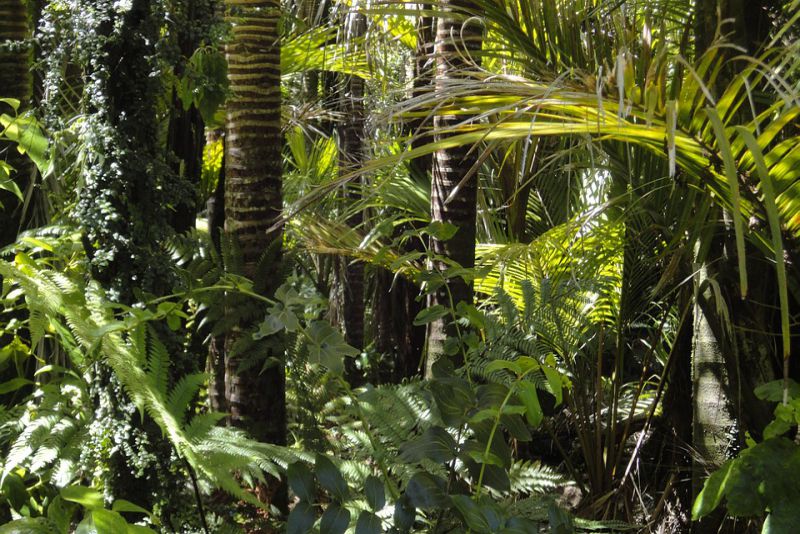
Covering an area of approximately 2,300,000 square miles, the Amazon is not only the largest rainforest in the world but also the largest of the Largest Forests In The World.
Spanning nine countries including Brazil, Bolivia, and Peru, the Amazon is home to an incredible amount of biodiversity, with new species being discovered almost daily. The Amazon rainforest is an ecosystem of great importance, and its health is vital to the well-being of the planet.
It serves as a sink for carbon dioxide, helping to regulate the Earth’s climate, and provides critical habitats for countless species of plants and animals. In recent years, the Amazon has suffered from large-scale deforestation, with vast areas of forest being cleared to make way for agriculture and urban development.
This has not only destroyed critical habitats but has also released massive amounts of carbon dioxide into the atmosphere, contributing to climate change. Additionally, fires, both natural and human-caused, have also been a major threat to the Amazon.
In 2019, approximately 28,000 square miles of the Amazon rainforest in Brazil were burnt, destroying vast areas of critical habitat. It is imperative that we take action to protect the Amazon and the other Largest Forests In The World.
This includes reducing deforestation, promoting sustainable land use practices, and combating the impacts of climate change. By working together, we can ensure the survival of these critical ecosystems and the countless species that depend on them.
Read More: 10 Most Beautiful Forests around The World
2. New Guinea Rainforest
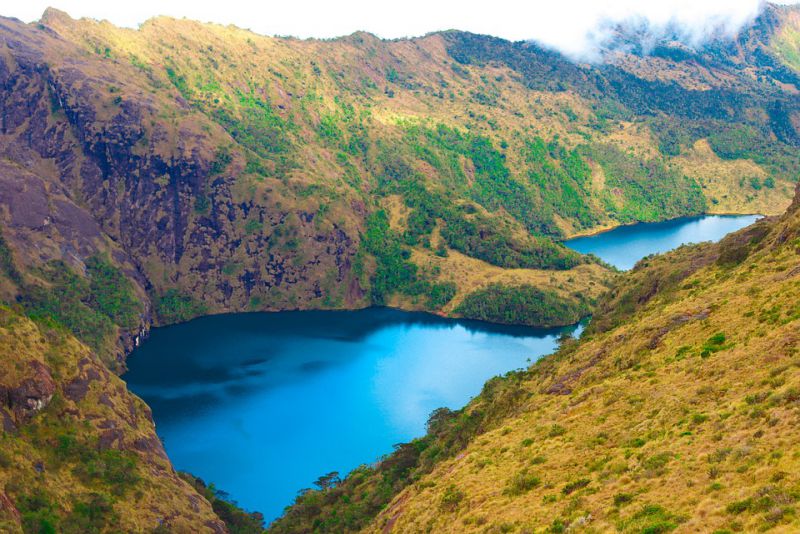
The rainforests of New Guinea are a unique and biodiverse ecosystem that covers over half of the country’s landmass. Spanning 303,500 square miles, these forests are a critical part of the Largest Forests In The World and provide important habitats for a wide range of plant and animal species.
Additionally, the forests of New Guinea are home to indigenous peoples who have lived in the region for generations. Because New Guinea is an island, the rainforests have acted as a natural barrier, limiting contact between its indigenous communities and the outside world.
This isolation has allowed for the evolution of unique and endemic species, many of which are found nowhere else on Earth. The forests of New Guinea are also an important source of traditional knowledge and cultural practices for its indigenous peoples.
Despite its importance, the New Guinea rainforest is facing significant threats, including deforestation, mining, and the expansion of agriculture. These activities are destroying critical habitats, releasing carbon into the atmosphere, and putting the survival of native species and indigenous communities at risk.
It is crucial that action is taken to protect and preserve the rainforests of New Guinea, both for their ecological significance and for the well-being of the indigenous communities that depend on them.
3. Tongass National Forest
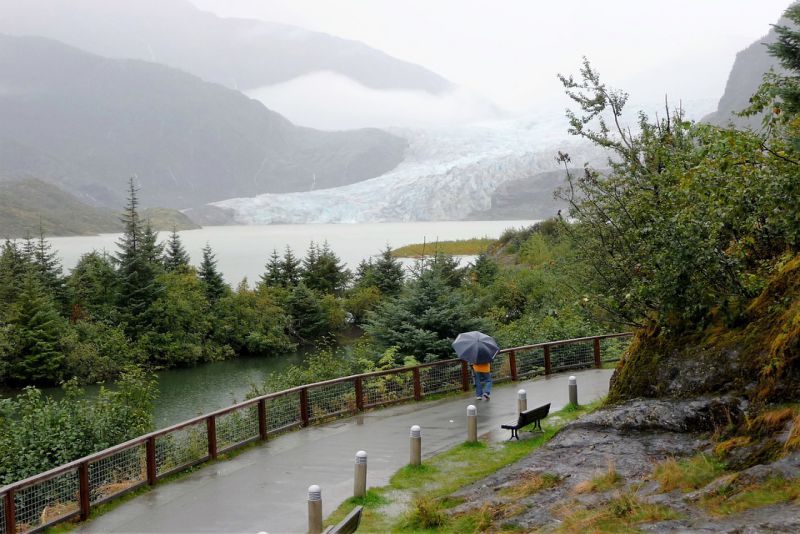
The Tongass National Forest, located in Southeast Alaska, is a true wonder of nature. Spread over an area of 26,560 square miles, it is the largest national forest in the United States and one of the Largest Forests In The World.
The Tongass is also the largest temperate rainforest in North America, providing an ideal habitat for a wide variety of plants and animals. Temperate rainforests are known for their high levels of stored carbon and biomass, which makes them particularly important in terms of their role in mitigating the effects of climate change.
The Tongass National Forest holds almost a third of the Earth’s old-growth temperate rainforests, providing an important buffer against the negative impacts of global warming. In addition to its ecological significance, the Tongass National Forest is also a major contributor to the local economy.
The forest provides valuable resources such as timber and minerals and is a major tourist destination, attracting millions of visitors every year who come to experience its beauty and unique ecosystems. Whether you are an avid hiker, a bird-watcher, or simply someone who appreciates nature, the Tongass National Forest is a must-visit destination.
4. Xishuangbanna Tropical Rainforest
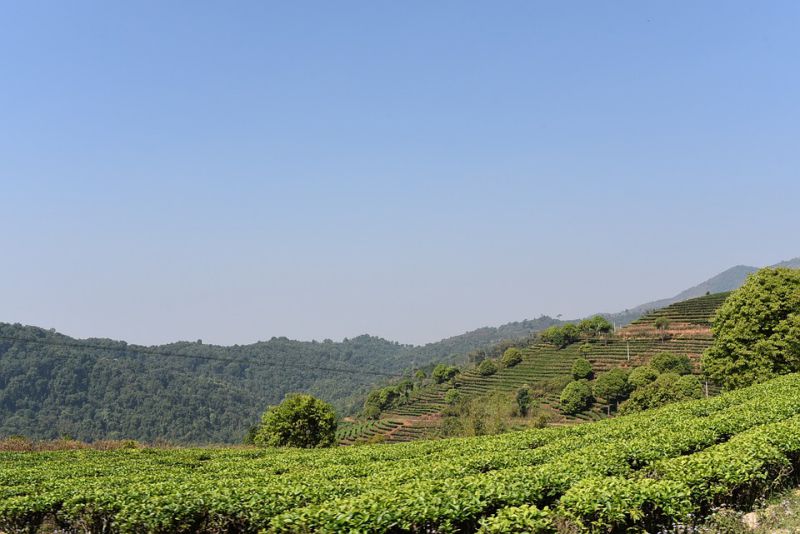
The Xishuangbanna tropical rainforest is a true gem of nature located in the Yunnan province of Southern China. Designated as an official UNESCO biosphere reserve since 1990, this forest has been recognized as one of the most important ecosystems in the world.
With a total area of 936 square miles, the Xishuangbanna tropical rainforest is one of the Largest Forests In The World, providing a unique and diverse habitat for a wide range of plant and animal species. One of the most striking features of the Xishuangbanna tropical rainforest is its rich biodiversity.
The forest supports a large number of rare and endangered species, making it an important sanctuary for conservation efforts. For example, it is home to 90% of China’s entire wild Asian elephant population, which is an incredibly rare and vulnerable species. The forest also provides a habitat for a range of other threatened species, such as tigers, leopards, and monkeys. In addition to its ecological significance, the Xishuangbanna tropical rainforest also holds cultural and historical importance.
The area is home to several ethnic minority groups, who have lived in the region for generations and have developed unique cultures and traditions that are intimately linked to the forest. Whether you are a nature lover, a cultural enthusiast, or simply someone who appreciates the beauty of the world, the Xishuangbanna tropical rainforest is a must-visit destination.
5. Kinabalu National Park

Largest Forests In The World – Kinabalu National Park, located on the island of Borneo, is a true natural wonder, covering an area of 291 square miles. This stunning national park is home to some of the world’s most diverse and lush tropical rainforests, with an altitude that ranges from almost 500 feet to over 13,000 feet.
This unique topography provides a suitable habitat for an incredible variety of wildlife, including 90 different species of mammals, 326 species of birds, and an impressive 1,000 species of orchids.
Largest Forests In The World – The abundance of diverse habitats within Kinabalu National Park provides a rich and vibrant ecosystem that is unmatched in many parts of the world.
The park’s diverse landscape ranges from lowland dipterocarp forests to montane oak forests, and even to sub-alpine meadows and rocky outcrops. This incredible range of habitats allows for a wide variety of species to thrive within the park, making it one of the most biologically diverse areas on the planet.
Largest Forests In The World – Not only is Kinabalu National Park an important haven for wildlife, but it also holds significant cultural and historical value. The park has long been a sacred site for the indigenous peoples of Borneo and is considered one of the most important cultural and spiritual locations on the island.
The park is also a popular destination for tourists, attracting visitors from all over the world to experience its breathtaking beauty and incredible wildlife. With its diverse habitats and abundant wildlife, Kinabalu National Park truly is a must-visit destination for anyone looking to explore the world’s largest forests.
6. Daintree Rainforest
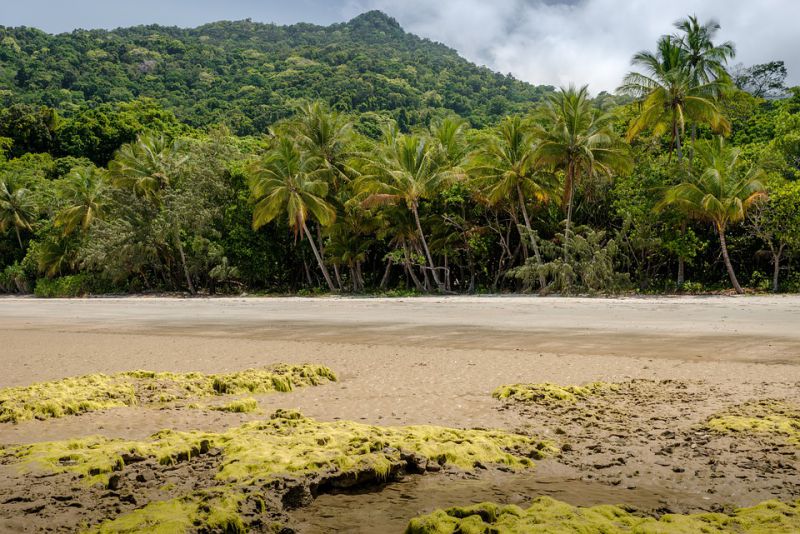
The Daintree Rainforest is one of the most unique and ancient forests in the world, with a rich history that spans over 180 million years. Located in Australia, this magnificent forest is said to be even older than the Amazon rainforest, making it a true marvel of nature.
With an area of 463 square miles, the Daintree Rainforest is one of the Largest Forests In The World, and it is home to an incredible variety of plant and animal life, including over half of the country’s bat and butterfly species.
This lush forest is not just a beautiful and thriving ecosystem, but it also serves as an important source of pollination for the surrounding region. With such a diverse range of species and a rich history, it’s no wonder that the Daintree Rainforest has been designated as a World Heritage Site.
Whether you’re a nature lover, a scientist, or just someone who appreciates the beauty and majesty of the natural world, the Daintree Rainforest is a must-visit destination. So, if you’re looking for a truly unforgettable experience, plan a trip to this incredible forest and experience the beauty of one of the Largest Forests In The World.
7. Bosawas Biosphere Reserve
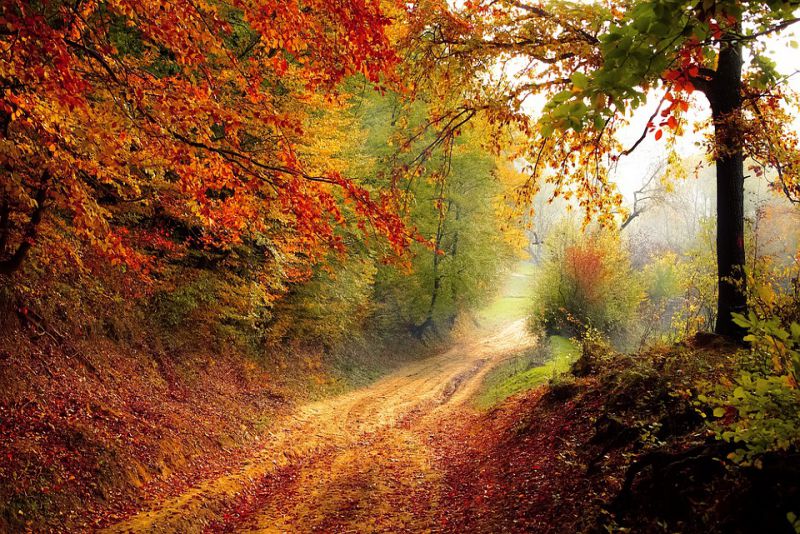
The Bosawas Biosphere Reserve in Nicaragua is considered one of the largest forests in the world and has been designated by UNESCO as a protected area since 1997. Spanning a massive 8,500 square miles, this lush forest reserve is home to a diverse array of plant and animal species, with an estimated 13% of the world’s known species residing within its boundaries. Comprised of six different types of forest, the Bosawas Biosphere Reserve provides a unique and varied habitat for its inhabitants.
In addition to being a critical habitat for numerous species, the Bosawas Biosphere Reserve is also home to 20 separate communities of Indigenous peoples. These communities play a crucial role in the protection and preservation of the natural resources within the reserve and have built their entire economies around the land.
The interdependence between the Indigenous peoples and the forest ecosystem creates a delicate balance that must be maintained to ensure the long-term health and survival of the forest and its inhabitants.
As one of the largest forests in the world, the Bosawas Biosphere Reserve is an essential part of the global ecosystem, providing critical habitats for countless species, including many that are endangered.
The reserve’s designation as a protected area by UNESCO acknowledges the significance of this unique and valuable ecosystem and helps to ensure that future generations will have the opportunity to enjoy and benefit from this incredible resource.
8. Valdivian Temperate Rainforest
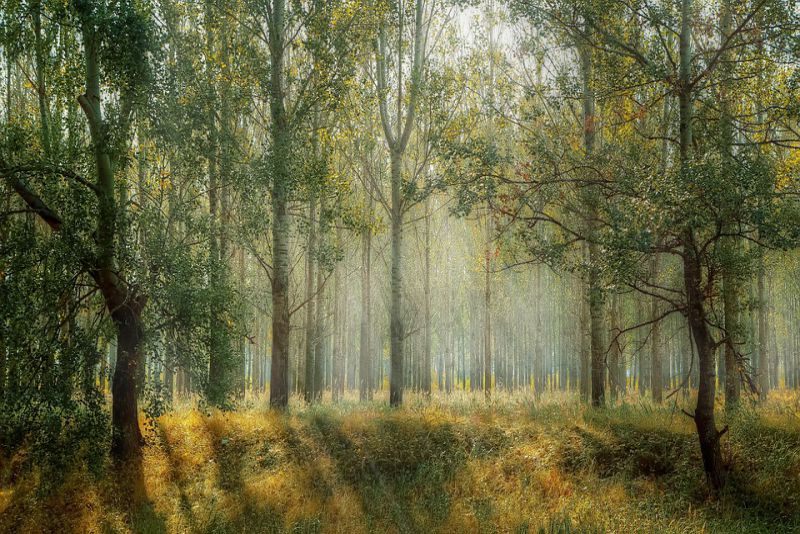
The Valdivian Temperate Rainforest in the southern cone of South America is one of the largest forests in the world and has a unique and diverse ecosystem. One of its most notable features is the high number of endemic plant species found within its boundaries, with at least 90% of the plant life found here being native or restricted to the area.
This concentration of unique and specialized plant species creates a diverse and thriving ecosystem that is critical to the overall health of the region. In addition to its abundant plant life, the Valdivian Temperate Rainforest is also known for its high incidence of animal pollination. Covering an impressive 95,800 square miles, this forest is one of the largest and most important temperate biomes on the planet.
Its diverse and abundant vegetation provides critical habitat for countless species of animals, and the high number of animal-pollinated plants is a testament to the richness and vitality of the ecosystem.
As one of the largest forests in the world, the Valdivian Temperate Rainforest is a unique and vital ecosystem that must be protected for future generations.
Its high number of endemic plant species and high incidence of animal pollination make it an irreplaceable and essential part of the global ecosystem. The preservation of this incredible forest is critical to the overall health and survival of the planet and its diverse array of plant and animal species.
9. The Congo Rainforest
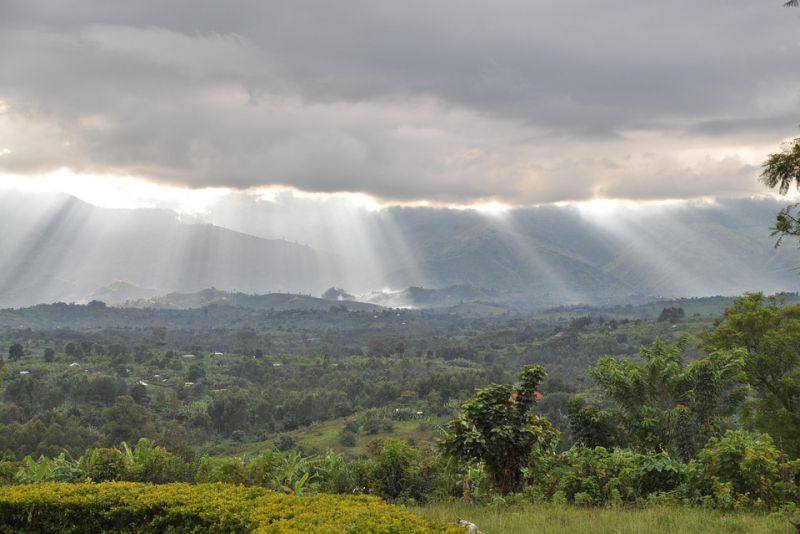
The Congo rainforest, located in the Congo Basin of Africa, is considered one of the largest forests in the world, covering an expansive area of over 1,400,000 square miles, spanning across six countries – Cameroon, the Central African Republic, the Republic of Congo, the Democratic Republic of Congo, Equatorial Guinea, and Gabon.
The diverse and lush jungle serves as a vital component of our planet’s ecological system, earning it the nickname “Earth’s second lung,” following the Amazon rainforest.
In an effort to preserve its precious resources, five national parks in the region have been designated as UNESCO World Heritage Sites. These parks serve to not only protect the unique flora and fauna but also to provide opportunities for research and education on the importance of the Congo rainforest to our world.
The Largest Forests In The World, like the Congo rainforest, play a crucial role in maintaining the balance of our planet’s environment and must be safeguarded for future generations.
10. Kinabalu National Park

Kinabalu National Park, located on the west coast of Sabah in Malaysian Borneo, is renowned for its incredible biodiversity. Established in 1964 as Malaysia’s first National Park, it was also designated as the country’s first UNESCO World Heritage Site.
The park covers an area of 754 square km and encompasses the majestic Mount Kinabalu, which rises to an elevation of 4095.2 meters, making it the highest peak on the island of Kinabalu. This national park is home to a diverse array of flora and fauna, including over 4500 species of plants and approximately 326 species of birds, and 100 species of mammals.
The park’s rich botanical diversity has earned it recognition by UNESCO as a center of plant diversity, with species originating from regions as diverse as China, Australia, the Himalayas, Malaysia, and the tropics.
Due to its natural beauty and rich biodiversity, Kinabalu National Park is a popular tourist destination, attracting a large number of visitors and climbers each year. Whether you’re a seasoned hiker or simply looking to explore and appreciate the world’s largest forests, Kinabalu National Park is a must-visit destination for anyone traveling to Sabah or Malaysia.
